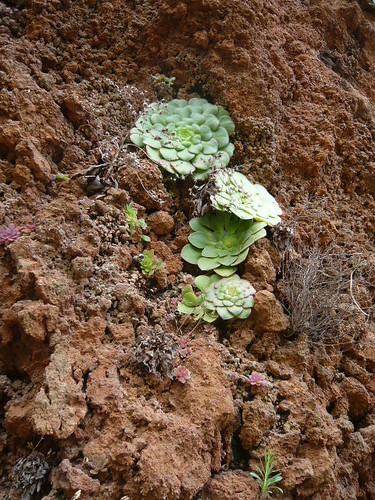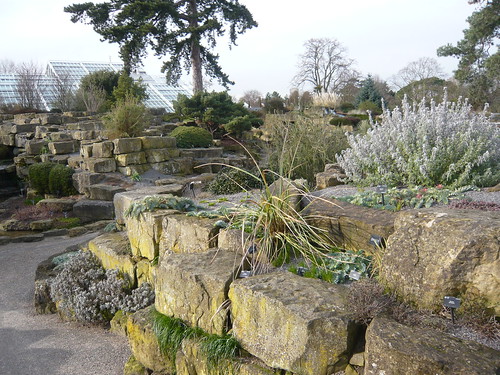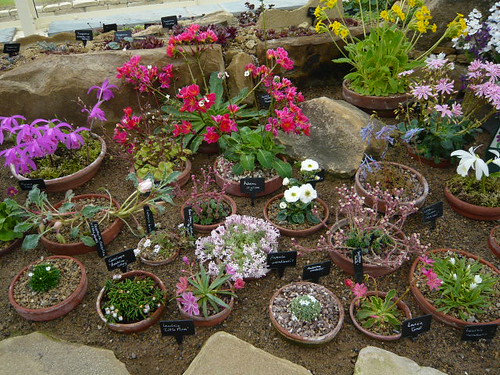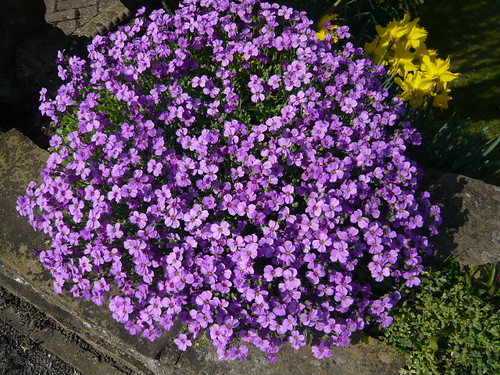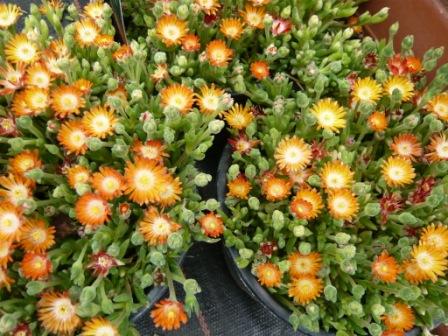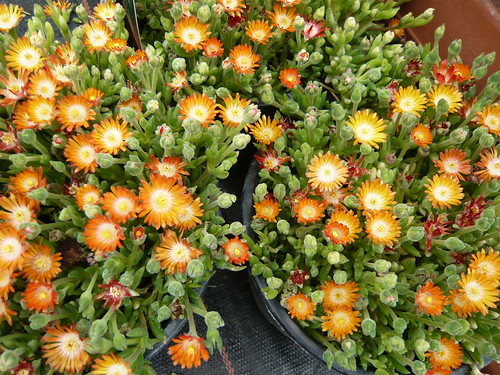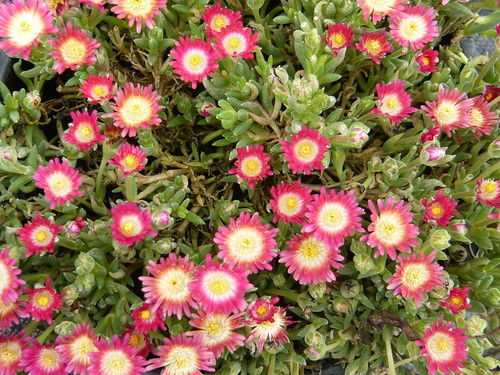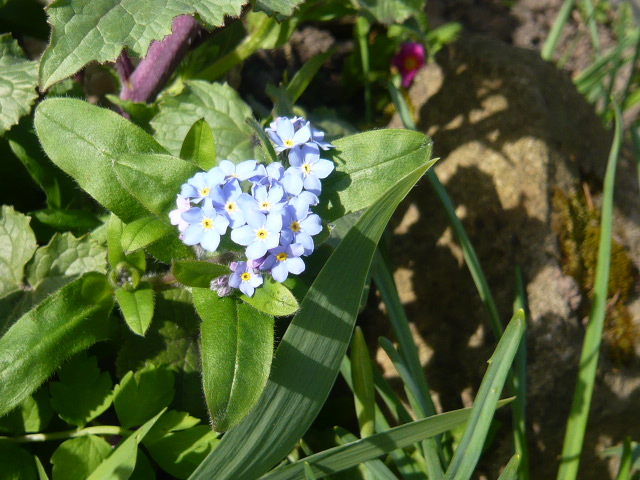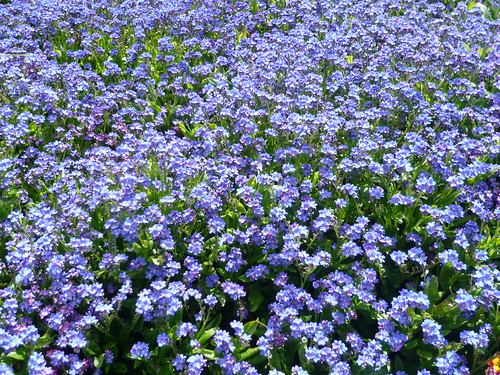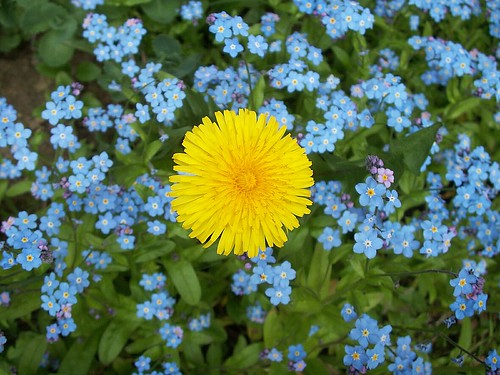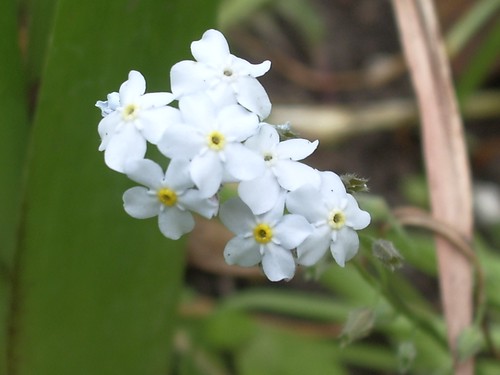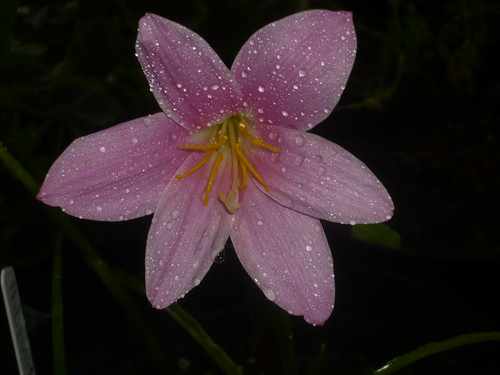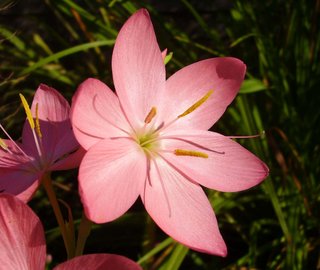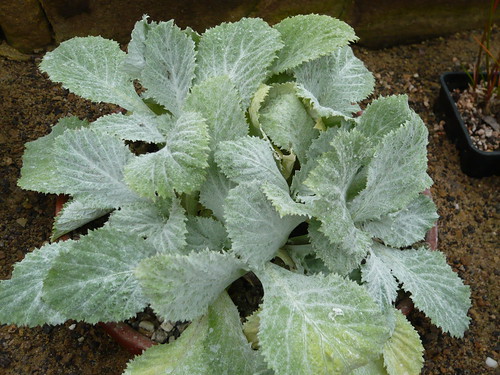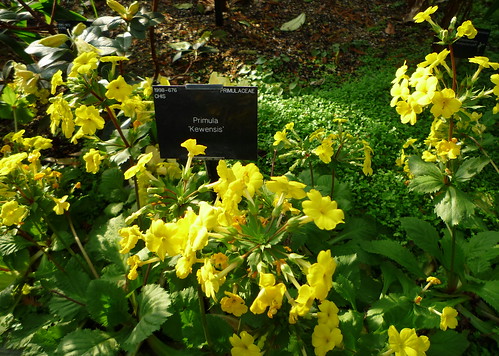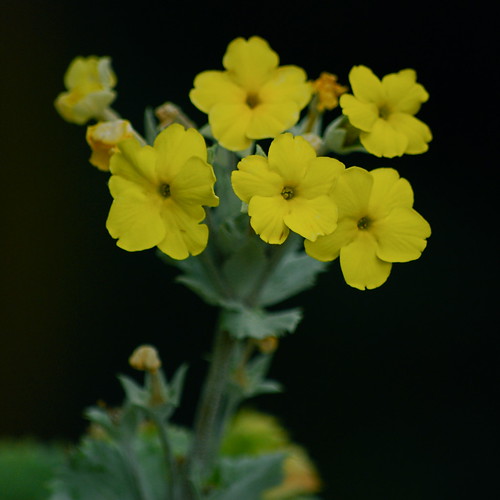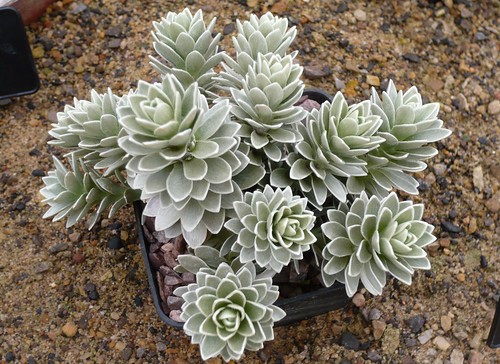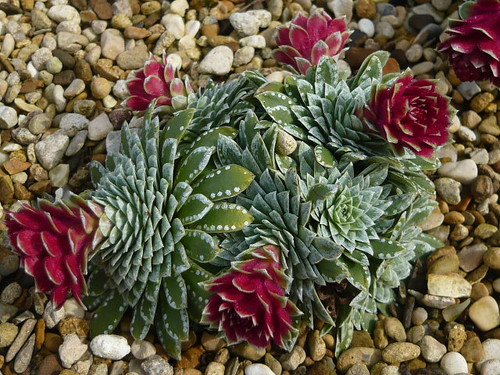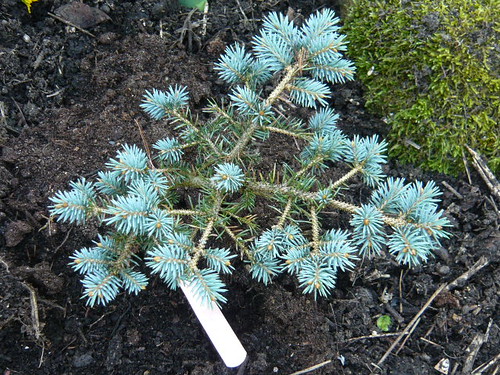
Echeveria Glauca has fleshy curving lobes in a geometric arrangement. As you may expect the lobes or leaves are blue-grey in colour. The delicate flowers in summer are white and extend from the base of the plant. They grow 3″ tall and need free draining soil in full sun or partial shade. The rosettes spread by the addition of new rosettes forming a circular mound. Plant 6 ” apart.
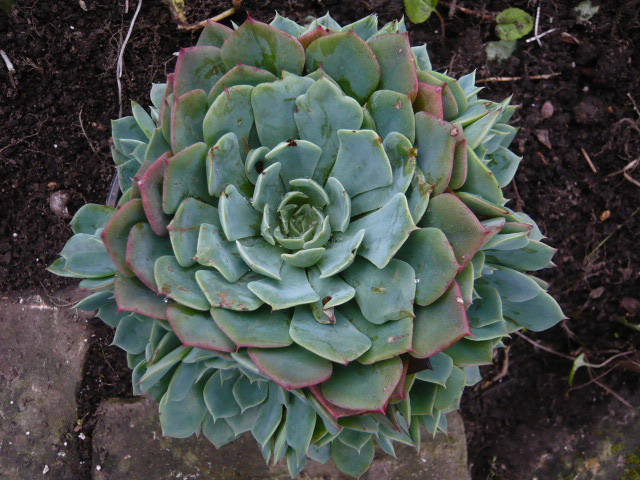
Echeveria Elegans has pink arching stems that produce dainty, yellow-tipped, red flowers. The dense rosettes of blueish white, fleshy leaves are often red tinged. They grow 2″ tall but spread more rapidly than Glauca so need to be planted 16″ apart.
Echeveria are often used in carpet bedding and floral clocks
Echeveria are generally rosette forming succulents.
Most Echeveria can be easily propagated from leaf cuttings or offsets To propagate a leaf cutting, place the individual leaf in a succulent or cacti mix and cover the dish until the new plant sprouts.
Yorkshire Echiveria
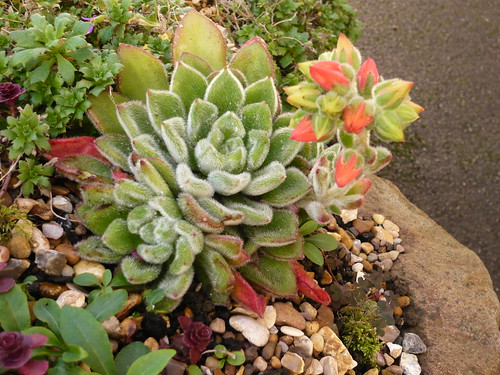
What would you call a shop in a courtyard that sells plants and pots? In Otley Yorkshire you would call it Courtyard Planters. Years ago you may have called it the stable yard for the Half Moon Inn.
Most of the planters have very few eco-miles on the clock as the Terracotta pots are from Barnsley Yorkshire, the earthenware salt glazed pots are made in Northumberland. Unfortunately the Oak Barrels come from an other country – Scotland to be precise where they used to mature whiskey.
At the weekend I bought a couple of plants including a Dianthus Neon Star that shone out to me in the shade of the courtyard. The other plant was an Echeveria elegans with lots of extra rosettes of succulent foliage. I thought I would take the offsets and grow them as cuttings but forgot they were quite tender. Still, if I am successful I will find somewhere to over winter them.
If not Chiltern Seeds generally stock mixed Echeveria seeds that ‘mostly have fleshy leaves forming rosettes of a wide assortment of attractive, geometric designs in a range of colours from green through grey to almost white, often with markings in contrasting shades.’
Courtyard planters do not sell mail order that is not the type of gardeners they are but if you visit Otley look them up. If you are near Otley they offer free delivery.
